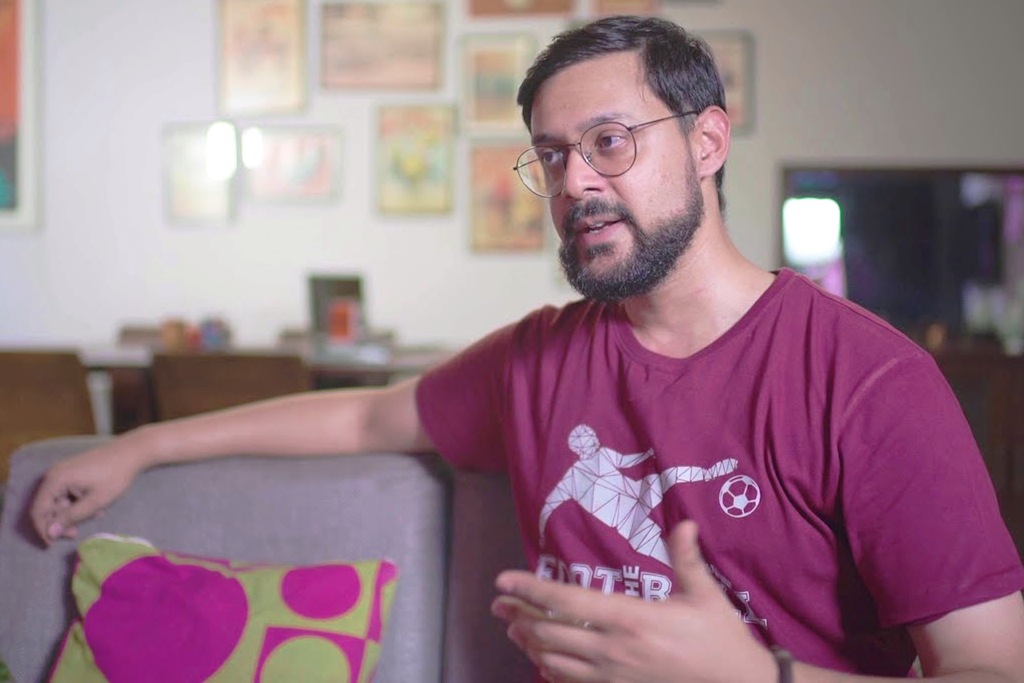It’s all in the letter C. Next time when you hear someone in the India-Australia space promulgating this relationship as Cricket, Curry and Commonwealth, add one more word: Clichéd!
It was no surprise for many when the current Chair of Australia India Youth Dialogue (AIYD), Karan Anand stressed on going beyond these three words as there is lot more in common than meets the eye.
Going into its 7th edition, the theme of this year’s AIYD was ‘Digital Disruption’; coursing over four days across two locations in India: New Delhi and Mumbai. Every year, AIYD calls for applicants and selects 15 of the best and brightest who are leaders in their respective fields from both the countries. The location of this dialogue alternates every year between India and Australia.
AIYD came to light soon after the 2009 Indian student crisis in Melbourne. The founding team realised apart from governmental relations, there was no real people-to-people interaction with both sides having pre-existing notions of the other. Hence, the need to get people of these two democratic nations to get on board a common platform seemed necessary.
Fast forward to 2018, AIYD is a Track-II leadership platform supported by some of the prestigious educational institutions and backed by both the Australian and Indian governments. The theme on Digital Disruption focused on: “Digital Democracy & Civic Engagement”, “Future of Information” and “Future of AI and Non-Human Workers”.
AIYD 18 had delegates from across various fields: politicians, entrepreneurs, consultants, social services, sports, media, and more. How many platforms can one witness, where, politicians from across the party lines interacting with each other, and we had two MPs from Australia: Scott Farlow, MLC (NSW) and Matt Keogh, Member for Burt (WA).
The nuance of the theme was best witnessed during the group challenge, an activity which the winning team can take forward to realise with the help of AIYD and its alumni network. The winning team this year focused on using Blockchain as a tool to verify and pay indigenous artists from both the countries to showcase their artwork, create a unique ID for their arts, earn a living and remove the middleman.
“There is a lot of similarities between the dot paintings in Aboriginal art and our own Madhubani paintings”, said Ihitashri Shandilya, a social entrepreneur (and grand-daughter of Gauri Mishra), whose team won the group challenge activity and are currently working on ways to make their idea possible.
As for this writer who was once part of the editorial team of The Indian Telegraph, it was meeting and learning from some of the finest individuals who are working in the digital space.
From discussing India-Australia relation beyond the ‘potentials’ to actual ‘deliverables’, to sharing the same accommodation, AIYD encapsulates the shared experience that both these two countries have in common and realising this relation which almost got lost in the high seas is now reaching new heights.
This article was first published in The Indian Telegraph, an Australian monthly focusing on the Indian subcontinent diaspora.



